SAP Reveals the New Version of HANA to Ease the Development of Internet of Things (IoT)
Category: SAP HANA Posted:May 17, 2017 By: Ashley Morrison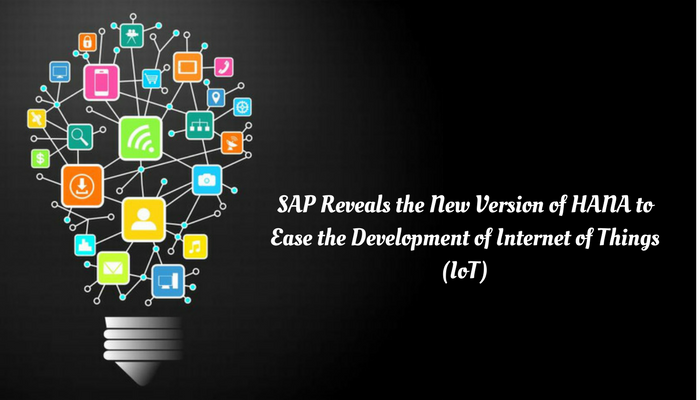
In a gargantuan effort to aid enterprises and individuals with IoT development SAP has unveiled a brand new Internet of Things application enablement tool.
The SAP HANA Cloud platform provides customers Big Data management along with consumption services even though there isn’t a substantiated requirement for underlying data storage. SAP believes that this will enable users to generate virtual representations of services, processes and products while integrating contextual, enterprises and sensor data.
Changing IoT development
Enterprises making use of IoT solutions would frequently need access to a considerably powerful digital core which can send cost and time overheads through the roof. This is where SAP steps in with its new version. The version lets users transform the manner in which connected technology is used and implemented easily while still providing capabilities. This enables users to optimize, predict and control data and related changes in real-time.
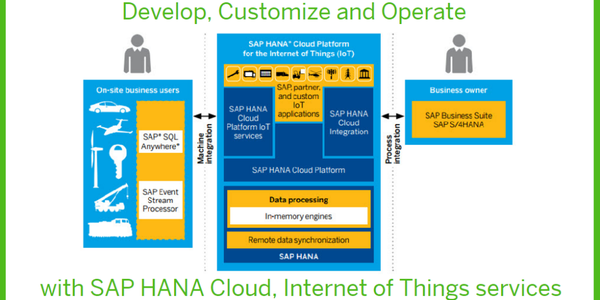
Digital Twin Approach
Highly enhanced visibility and control is achieved using the IoT application enablement solution with which SAP consumers can integrate valuable sensor data with enterprise and contextual information.
Learn SAP HANA from Industry Experts
This new product has three focus areas which includes smart data storage, integration to key business processes and applications, and also vital development tools.
SAP explains that this tool can be referred to as a “digital twin”. The renowned global research company has forecasted that this will go mainstream in the IoT development sphere within the next 5 years. This is a software model for physical technologies and systems which are already being used by established corporations such as GE Digital and more.
In essence, such technology links and displays how technologies will work in a virtual setting along with real-time data that is gathered by a volley of sensors. Market experts have stated that this will provide businesses with highly detailed and realistic digital representation of their products and services.
Other key elements
This version comes equipped with several other prime features also. Consumers can gain a lot from what is known as micro-services that enable them to fetch digital twin data like business semantics, customer contract documentation and product master data.
The best feature of this version is provision of a software development kit for the users which includes code-generating templates. This means staff within enterprises doesn’t have to be experienced technologists, and this will aid developers in focusing on design in place of coding.
SAP IoT Application Enablement offers a really powerful virtual model that displays how a system will operate with real time data over its lifetime, says the executive vice president of digital assets and IoT at SAP, Tanja Rueckert. She goes on to say that it even delivers an IoT customized development environment that encourages development efficiencies along with a common foundation across every application. Today, this is becoming increasingly relevant since customers are able to develop IoT solutions with great efficiency, along with a minimization of errors and finally with an optimized time to market.
SAP’s cloud version of Business Suite 4 for HANA (S/4HANA) is architected to simplify enterprise adoption of digital tools through the cloud. A cloud-based subscription service will make it easier for enterprise users to access and deploy software. Even though the software can be deployed on-premise, on-cloud and hybrid systems, this was not available through SaaS subscriptions.
The CEO of SAP SE Bill McDermott has said that the S/4HANA Cloud Edition is a step forward towards the direction of SAP’s “Run Simple” initiative. SAP has announced that the entire enterprise can be run on a simple platform using the Cloud Edition. Finance and Accounting, which are critical business units in any organization, can be digitalized in the cloud.
An esteemed member of SAP’s executive board, Bernd Leukert has said that S/4HANA is a means of creating a central point for software-driven business operations. SAP has banked its ambitions of functionality expansions along with scope on its cloud offering which is constructed on top of HANA platform.
Leukert has stated that over 400 customers (each customer represented by an organization of considerable size) utilize S/4HANA, which was described by him as the nucleus that every company needs, and also as the starting point for the most comprehensive cloud offering in the industry. With S/4HANA Cloud Edition receiving updates every quarter, adding new services to use in the cloud will further SAP’s agenda of adopting Software-as-a-Service (SaaS) in a more robust and broad manner. He also added that now S/4HANA is capable of serving more than 24 industries which include automotive, insurance, banking and defence.
SAP has four new IoT offerings with partners Dell, Hitachi, Telit and OSIsoft.
Irrespective of whether it is an edge device, gateway, or the cloud, the ability to aggregate and analyse data at any point along a network is fast transforming into a critical aspect of IoT networks.
With SAP leaping into IoT edge and cloud analytics, it announced its brand new capabilities for SAP IoT platform in the form of partnerships with Hitachi, Telit, Dell and OSISsoft. SAP’s IoT platform includes two components, the IoT foundation for SAP HANA and the IoT intelligent edge processing bundle for the same. The two packages offer data correlation, aggregation, and filtering capabilities, and the edge bundle provides data consistency between the cloud and the edge. It also offers an in-memory engine for Hadoop and SIM management.
SAP’s new IoT platform features
SAP announced four new features for its IoT platform during the IoT World conference, and is as stated below:
- Cloud option – This delivers pre-integrated and open IoT capabilities founded on the HANA cloud platform and offers remote data synchronization, smart data streaming, IoT services for device message management, and IoT application services to cloud-based environments.
- Edge models for business – SAP has partnered with Dell to bring forth a series of edge models to the enterprise. They hope to combine Dell’s Edge Gateway 5000 with SAP’s IoT platform to enable organizations to solve operational challenges such as business continuity, predictive maintenance, and machine productivity.
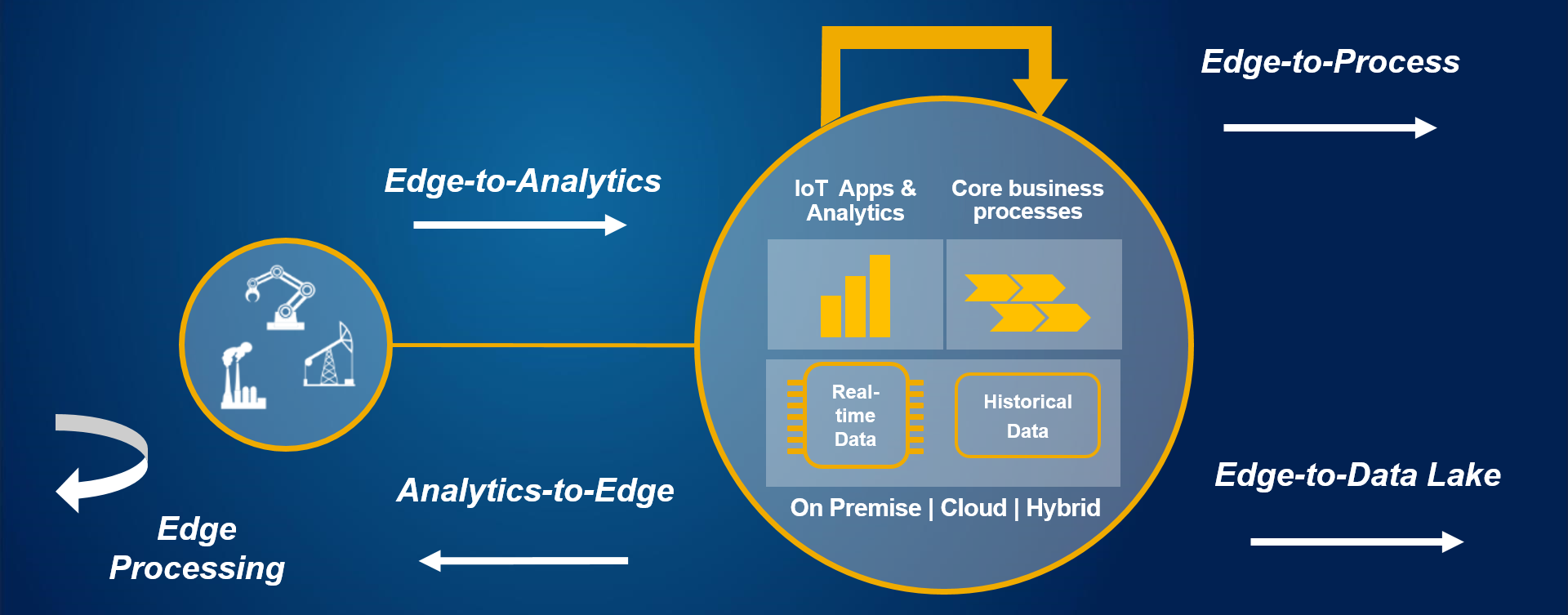
- Smart manufacturing, smart cities, transportation and logistics – SAP and Hitachi are looking at combining their expertise to address use cases such as these, involving capabilities for edge analytics. This is relevant as Hitachi has recently openedan IoT unit.
- Additional data consumption options – SAP is going to re-sell Telit’s IoT deviceWISE platform and combine it with their proprietary IoT platform to offer resources and tools required to construct and manage an IoT initiative irrespective of where a company stands in the process. They are also looking at leveraging a partnership with OSIsoft, which offers a PI System architected to extract real-time data utilizing around 450 off-the-shelf interfaces. The partnership with OSIsoft is architected to provide customers access to the collection, archiving, and distribution of historical IoT data.
Register for live webinar on SAP HANA by Industry Experts
Conclusion
With the growing influx of data in the current market scenario, IoT is gaining momentum at an exponential rate. This being said, SAP has kept on top of its innovation agenda through its latest cloud offerings, once again ensuring that it sets the tone for other enterprises to look to the Cloud for data mining, aggregation, and integration.
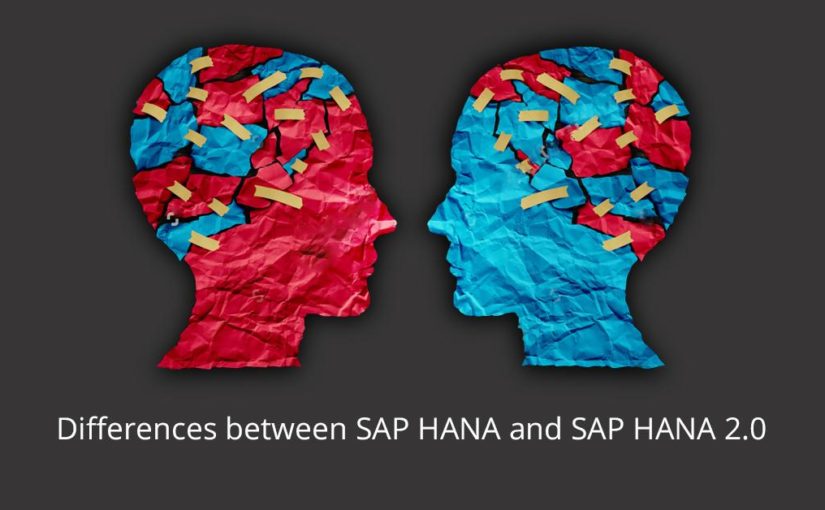
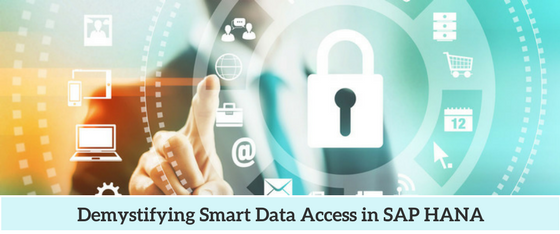
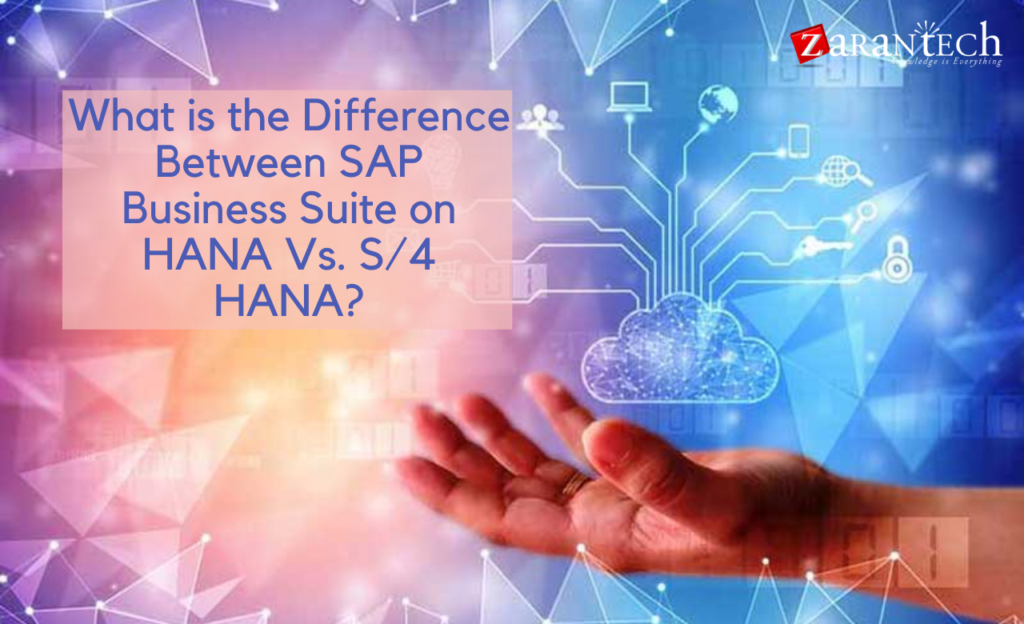

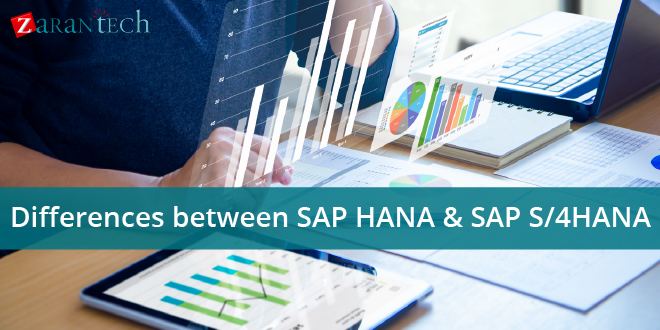
 99999999 (Toll Free)
99999999 (Toll Free)  +91 9999999
+91 9999999